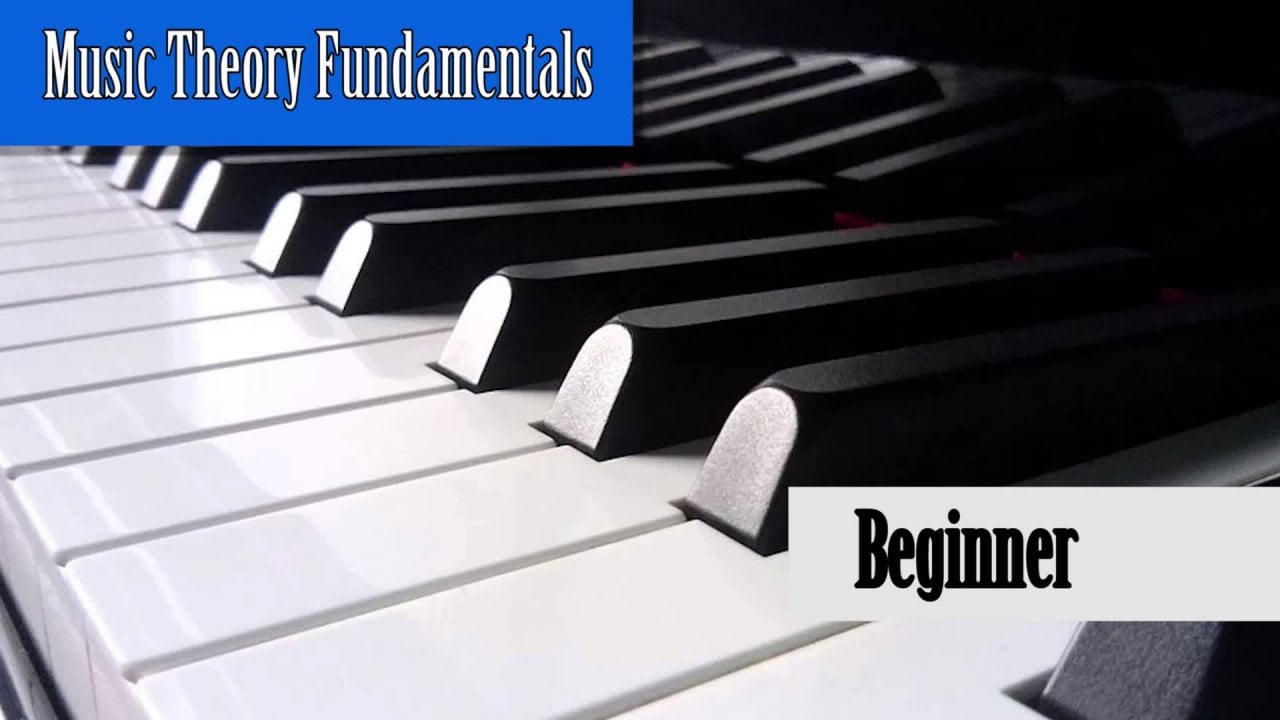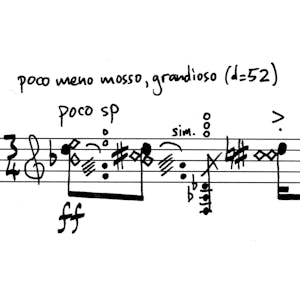Description
In this course, you will :
- Read Music Using Proven Techniques.
- Understand All the Symbols (Not Only the Notes) of a Music Score.
- Read, Play, and Count Rhythms Accurately.
- The elements of the Score.
- Pitch Names.
- Pitch Classes.
- Octaves.
- The White Keys.
- The Black Keys (not the band!).
- Half-Steps and Whole-Steps.
- Clefs.
- Intervals.
- Naming Octaves.
- Identifying Notes on the Staff.
- Identifying Notes on the Keyboard.
- Beat and Beat Divisions.
- Tempo.
- Downbeats and Upbeats.
- Dotted Rhythms.
- Time Signatures.
- Ties.
- Accidentals.
- Form in Music Notation.
- Chromatic and Diatonic scales.
- Ordered Pitch Class Collections.
- The pattern of a Major Scale.
- Scale Degrees.
- Solfege.
- Writing melodies with major scales.
- Analyzing melodies.
- What it means to be "in key".
- Key signatures.
- How to identify key signatures.
- Popular song analysis.
- Building triads (chords).
- Diatonic chord progressions.
- Roman numeral analysis.
- Inversions.
- Finding chords by formula.
- The thirds inside of a chord.
- Finding fifths by finding thirds.
- Diminished triads.
- Augmented triads.
- Chords on the guitar.
- Full Analysis: Canon in D (Pachabel).
- Full Analysis: Minuet in G (Bach).
- 7th Chords.
- Major 7th Chords.
- Minor 7th Chords.
- Dominant 7th Chords.
- Tendency Chords.
- Using the Circle of Fifths for Songwriting and Composition.
- Borrowing from Closely Related Keys.
- Scale Degree Names.
- Tendency Tones.
- Compound Meters.
- Compound Meter Signatures.
- Reading and Writing Compound Meters.
- Triplets, dubplets, and Quadruplets.
- Finding Minor keys by alternations to Major.
- Patterns in Minor keys.
- Relative Minor keys.
- Parallel Minor keys.
- Minor keys in the Circle of Fifths.
- Using Minor Keys for Songwriting and Composition.
- Diatonic Chord Progressions in Minor.
- The V Chord and Minor and the Leading Tone Problem.
- Harmonic Minor Scales.
- Melodic Minor Scales.









